file:///D|/Isaac%20Asimov/Asimov,%20Isaac%20-%20Robot%20City%201%20-%20Odyssey.txt
other robot stories which Campbell accepted. On December 23, 1940, I came to him with an idea for
a mind-reading robot (which later became “Liar!”) and John was dissatisfied with my explanations
of why the robot behaved as it did. He wanted the safeguard specified precisely so that we could
understand the robot. Together, then, we worked out what came to be known as the “Three Laws of
Robotics.” The concept was mine, for it was obtained out of the stories I had already written, but
the actual wording (if I remember correctly) was beaten out then and there by the two of us.
The Three Laws were logical and made sense. To begin with, there was the question of safety, which
had been foremost in my mind when I began to write stories about my robots. What’s more I was
aware of the fact that even without actively attempting to do harm, one could quietly, by doing
nothing, allow harm to come. What was in my mind was Arthur Hugh Clough’s cynical “The Latest
Decalog,” in which the Ten Commandments are rewritten in deeply satirical Machiavellian fashion.
The one item most frequently quoted is: “Thou shalt not kill, but needst not strive/Officiously to
keep alive.”
For that reason I insisted that the First Law (safety) had to be in two parts and it came out this
way:
1. A robot may not injure a human being, or, through inaction, allow a human being to come to
harm.
Having got that out of the way, we had to pass on to the second law (service). Naturally, in
giving the robot the built-in necessity to follow orders, you couldn’t forfeit the overall concern
of safety. The second law had to read as follows, then:
2. A robot must obey the orders given it by human beings except where such orders would conflict
with the First Law.
And finally, we had to have a third law (prudence). A robot was bound to be an expensive machine
and it must not needlessly be damaged or destroyed. Naturally, this must not be used as a way of
compromising either safety or service. The Third Law, therefore, had to read as follows:
3. A robot must protect its own existence, as long as such protection does not conflict with the
First or Second Laws.
Of course, these laws are expressed in words, which is an imperfection. In the positronic brain,
they are competing positronic potentials that are best expressed in terms of advanced mathematics
(which is well beyond my ken, I assure you). However, even so, there are clear ambiguities. What
constitutes “harm” to a human being? Must a robot obey orders given it by a child, by a madman,
by a malevolent human being? Must a robot give up its own expensive and useful existence to
prevent a trivial harm to an unimportant human being? What is trivial and what is unimportant?
These ambiguities are not shortcomings as far as a writer is concerned. If the Three Laws were
perfect and unambiguous there would be no room for stories. It is in the nooks and crannies of the
ambiguities that all one’s plots can lodge, and which provide a foundation, if you’ll excuse the
pun, for Robot City.
I did not specifically state the Three Laws in words in “Liar!” which appeared in the May 1941
Astounding. I did do so, however, in my next robot story, “Runaround,” which appeared in the
March 1942 Astounding. In that issue on line seven of page one hundred, I have a character say,
“Now, look, let’s start with the three fundamental Rules of Robotics,” and I then quote them.
That, incidentally, as far as I or anyone else has been able to tell, represents the first
appearance in print of the word “robotics”—which, apparently, I invented.
Since then, I have never had occasion, over a period of over forty years during which I wrote many
stories and novels dealing with robots, to be forced to modify the Three Laws. However, as time
passed, and as my robots advanced in complexity and versatility, I did feel that they would have
to reach for something still higher. Thus, in Robots and Empire, a novel published by Doubleday in
1985, I talked about the possibility that a sufficiently advanced robot might feel it necessary to
consider the prevention of harm to humanity generally as taking precedence over the prevention of
harm to an individual. This I called the “Zeroth Law of Robotics,” but I’m still working on that.
My invention of the Three Laws of Robotics is probably my most important contribution to science
fiction. They are widely quoted outside the field, and no history of robotics could possibly be
complete without mention of the Three Laws. In 1985, John Wiley and Sons published a huge tome,
Handbook of Industrial Robotics, edited by Shimon Y. Nof, and, at the editor’s request, I wrote
an introduction concerning the Three Laws.
Now it is understood that science fiction writers generally have created a pool of ideas that form
a common stock into which all writers can dip. For that reason, I have never objected to other
writers who have used robots that obey the Three Laws. I have, rather, been flattered and,
honestly, modern science fictional robots can scarcely appear without those Laws.
However, I have firmly resisted the actual quotation of the Three Laws by any other writer. Take
the Laws for granted, is my attitude in this matter, but don’t recite them. The concepts are
file:///D|/Isaac%20Asimov/Asimov,%20Isaac%20-%20Robot%20City%201%20-%20Odyssey.txt (2 of 91) [2/9/03 10:57:08 AM]

 2024-11-21 7
2024-11-21 7
 2024-11-21 10
2024-11-21 10
 2024-11-21 5
2024-11-21 5
 2024-11-21 7
2024-11-21 7
 2024-11-21 8
2024-11-21 8
 2024-11-21 7
2024-11-21 7
 2024-11-21 5
2024-11-21 5
 2024-11-21 7
2024-11-21 7
 2024-11-21 9
2024-11-21 9
 2024-11-21 6
2024-11-21 6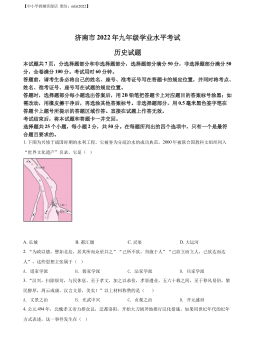
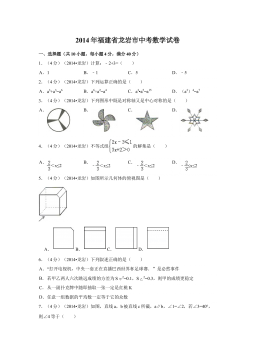
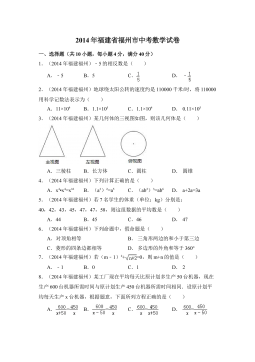
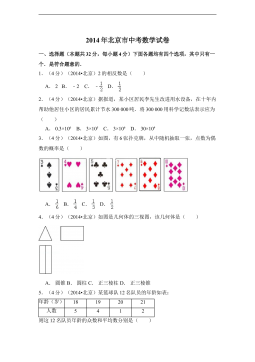
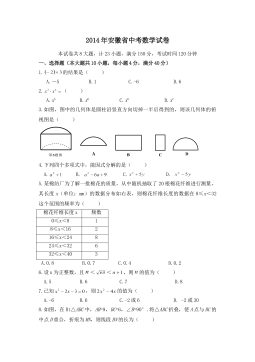




 渝公网安备50010702506394
渝公网安备50010702506394
